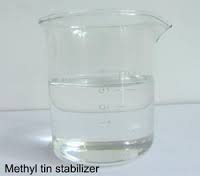Additives
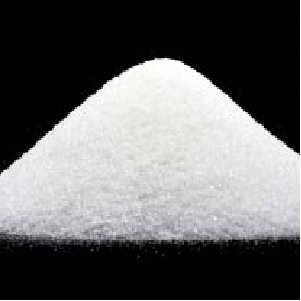
Anti Moisture Powder
ENQUIRE Show More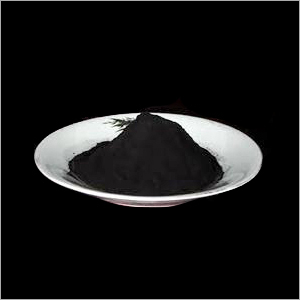
Carbon Powder
ENQUIRE Show More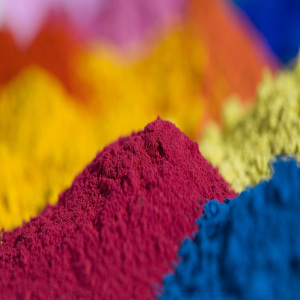
Color Pigment
ENQUIRE Show More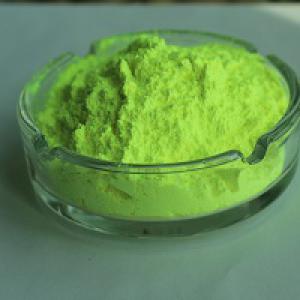
Optical Brightener
ENQUIRE Show More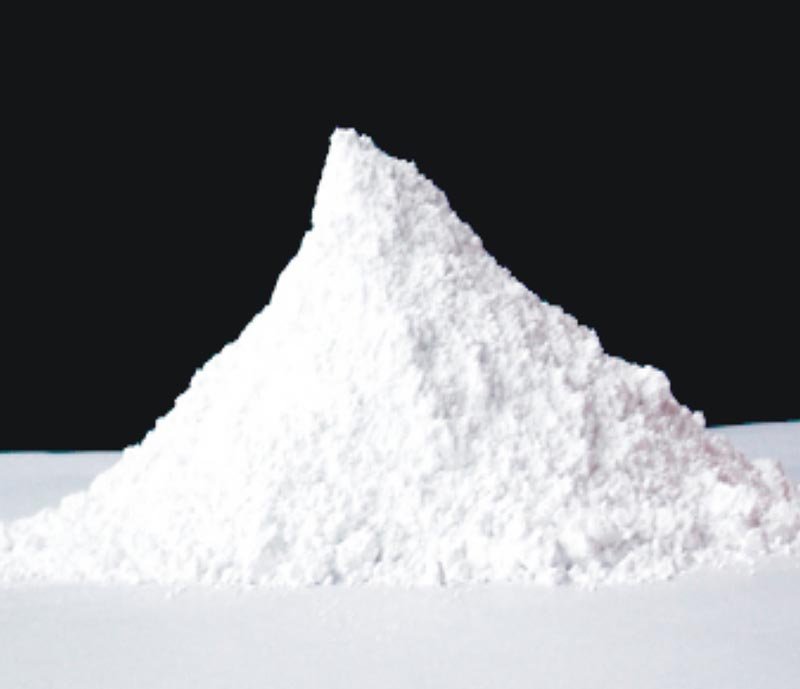
Titanium Dioxide
ENQUIRE Show More
Chlorinated Polyethylene
ENQUIRE Show More
Chlorinated Paraffin Wax
ENQUIRE Show More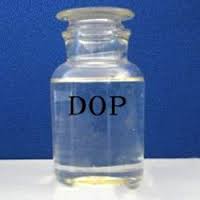
DOP
ENQUIRE Show More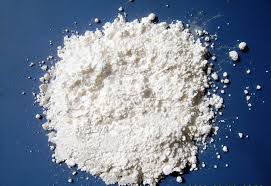
Lithopone
ENQUIRE Show More